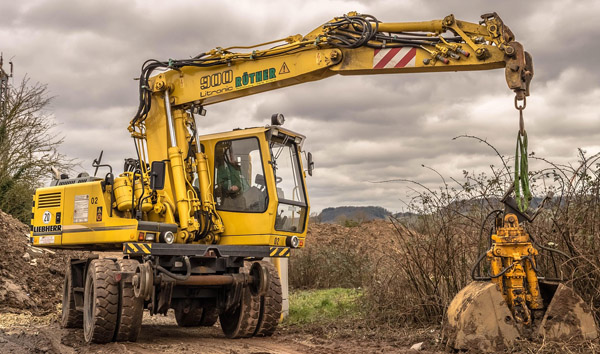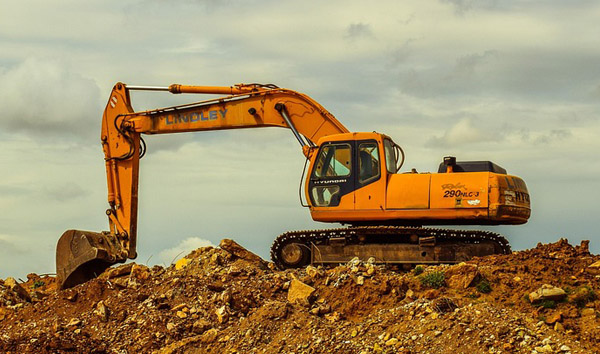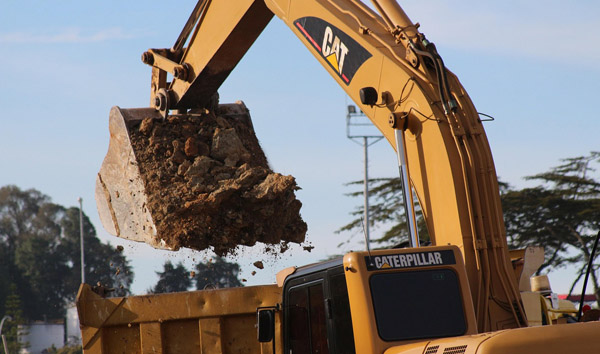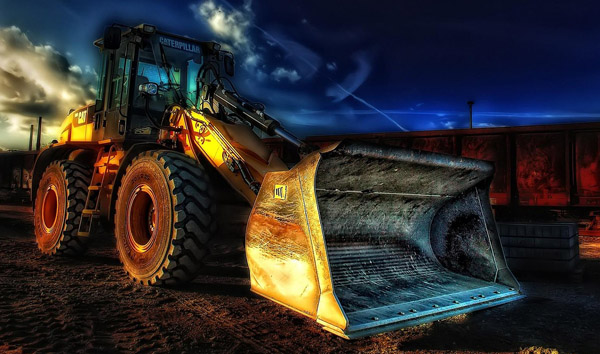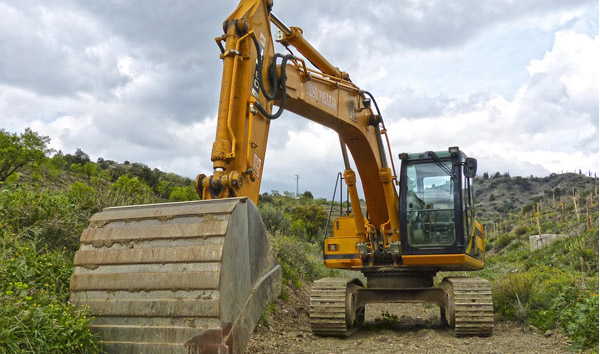Navigating the Complexities of All-Terrain Forklift Specifications
2025-08-04 04:10:31
All-terrain forklifts are engineered to perform in diverse environments, from construction sites to agricultural fields. One of the most critical specifications is their load capacity, which typically ranges from 3,000 to 10,000 kg, depending on the model. These machines are designed with reinforced chassis and high-traction tires to ensure stability on uneven surfaces. Additionally, their hydraulic systems are optimized for lifting heavy loads while maintaining precision, making them indispensable for rugged applications.
Another vital specification is the engine power, which directly impacts performance in off-road conditions. Most all-terrain forklifts are equipped with diesel engines ranging from 50 to 150 horsepower, ensuring sufficient torque for steep inclines and rough terrain. Some advanced models feature hybrid or electric powertrains, offering reduced emissions without compromising power. The drivetrain, often a 4x4 or 6x6 configuration, enhances traction, while differential locks prevent wheel slippage in muddy or sandy conditions.
The lifting height and mast design are equally important considerations. All-terrain forklifts typically offer lift heights between 3 to 7 meters, with some heavy-duty models reaching up to 10 meters. The mast may be telescopic or quad, depending on the application. For instance, telescopic masts provide extended reach, ideal for stacking materials in open yards, while quad masts offer superior stability for high-load operations. These specifications must align with the operational demands of the job site.
Maneuverability is another key factor, influenced by the forklift’s turning radius and overall dimensions. Compact models with a turning radius of under 4 meters are preferred for confined spaces, whereas larger units prioritize load capacity over agility. The inclusion of articulated steering or crab steering in some all-terrain forklifts further enhances their ability to navigate tight corners and uneven ground. Operators must also consider ground clearance, which typically ranges from 250 to 400 mm to avoid undercarriage damage on rough terrain.
Finally, safety and compliance specifications cannot be overlooked. All-terrain forklifts must adhere to ISO and OSHA standards, featuring roll-over protection systems (ROPS), load moment indicators, and emergency braking. Advanced models may include telematics for real-time monitoring of performance metrics such as fuel consumption and maintenance alerts. By thoroughly evaluating these specifications, businesses can select an all-terrain forklift that maximizes efficiency, safety, and durability in demanding environments.




